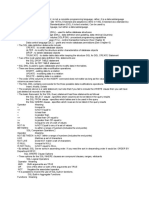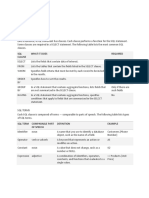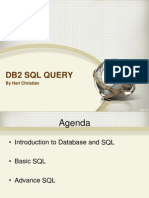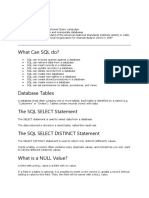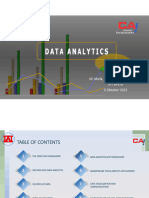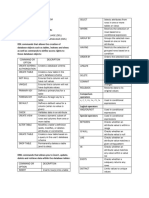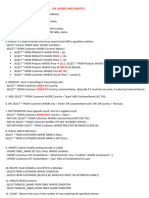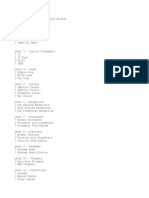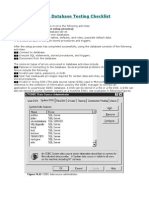0% found this document useful (0 votes)
13 views93 pagesComplete SQL
The document provides a comprehensive overview of SQL concepts, including database creation, table management, data manipulation, and various SQL clauses and functions. It also covers advanced topics such as joins, stored procedures, and optimization techniques for SQL queries. Each concept is accompanied by definitions and examples to illustrate their usage in SQL programming.
Uploaded by
mahesh9705842810Copyright
© © All Rights Reserved
We take content rights seriously. If you suspect this is your content, claim it here.
Available Formats
Download as PPTX, PDF, TXT or read online on Scribd
0% found this document useful (0 votes)
13 views93 pagesComplete SQL
The document provides a comprehensive overview of SQL concepts, including database creation, table management, data manipulation, and various SQL clauses and functions. It also covers advanced topics such as joins, stored procedures, and optimization techniques for SQL queries. Each concept is accompanied by definitions and examples to illustrate their usage in SQL programming.
Uploaded by
mahesh9705842810Copyright
© © All Rights Reserved
We take content rights seriously. If you suspect this is your content, claim it here.
Available Formats
Download as PPTX, PDF, TXT or read online on Scribd
/ 93












